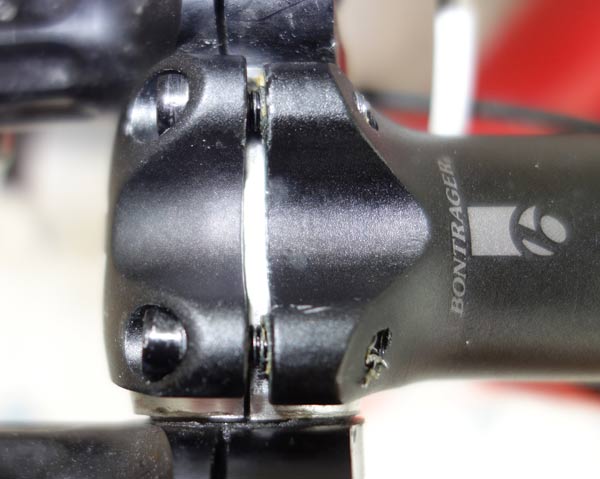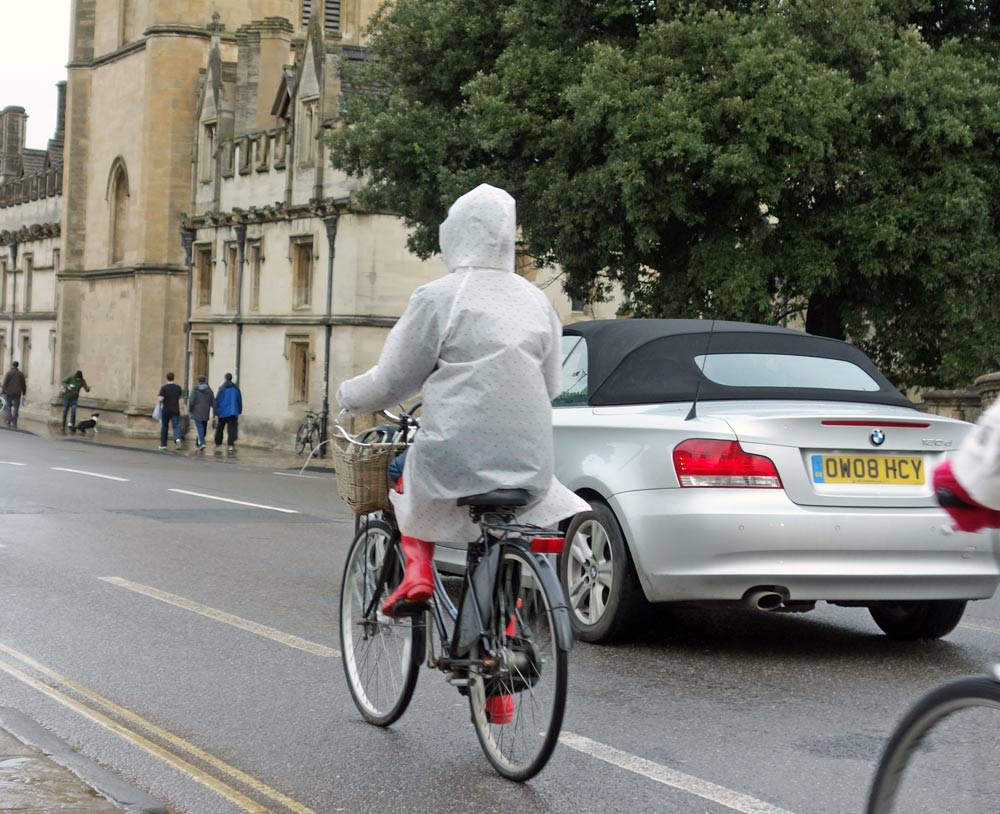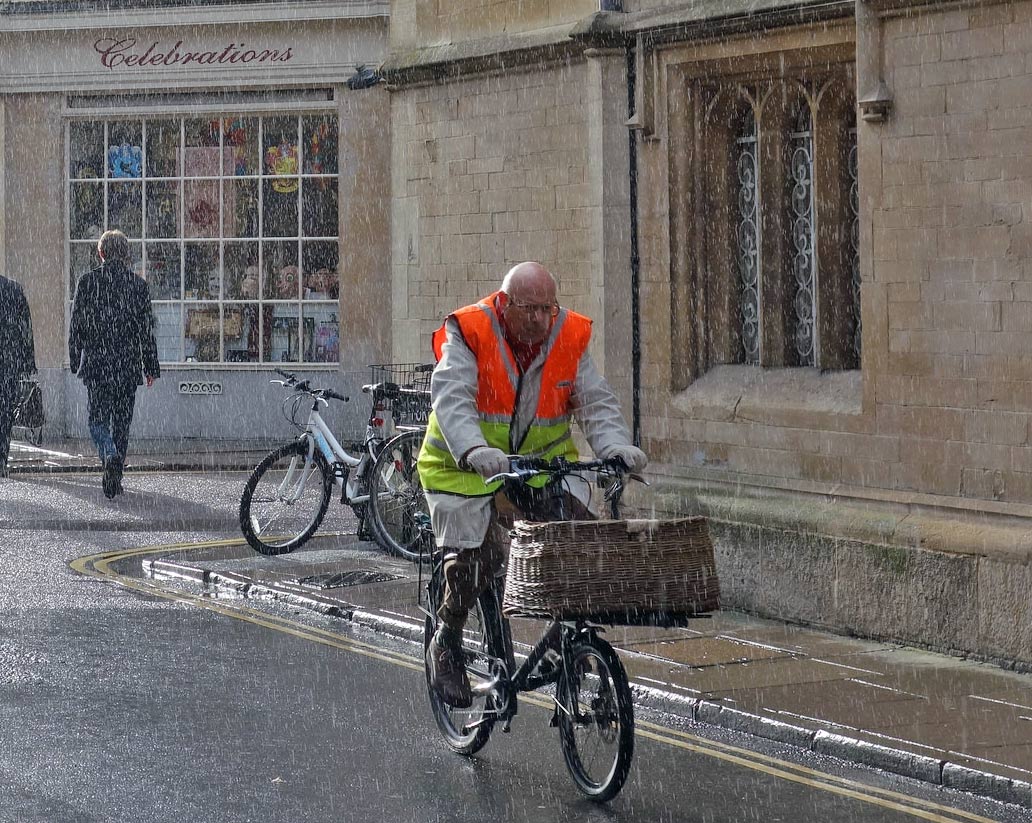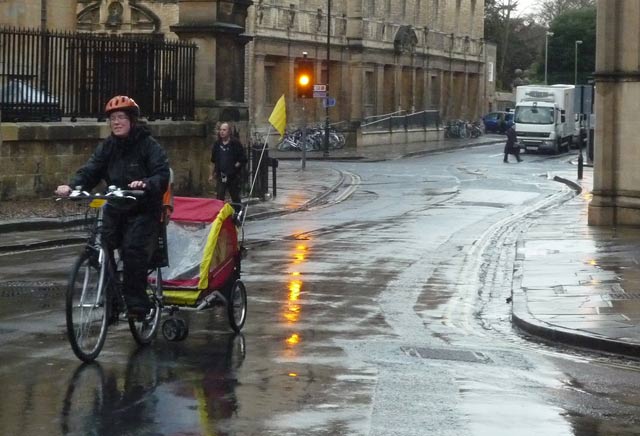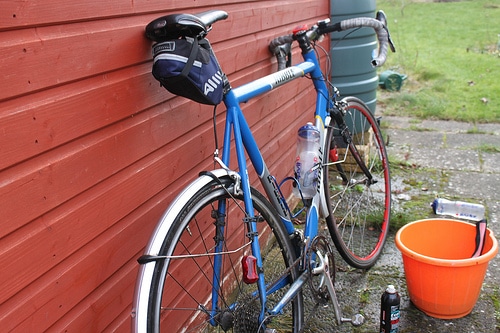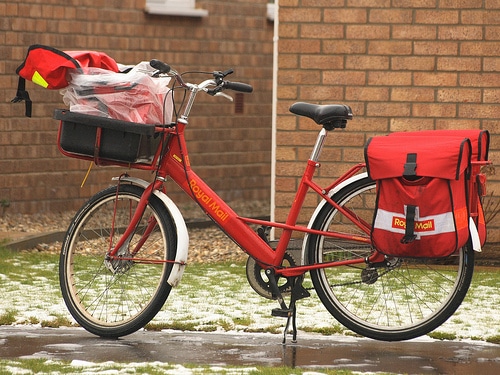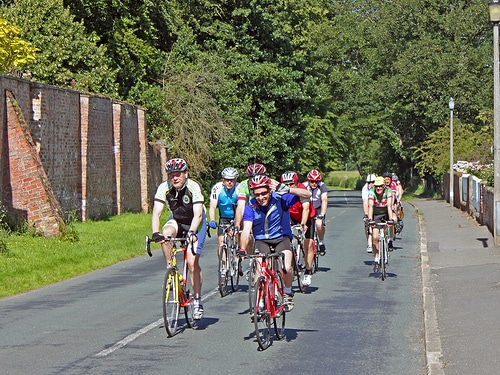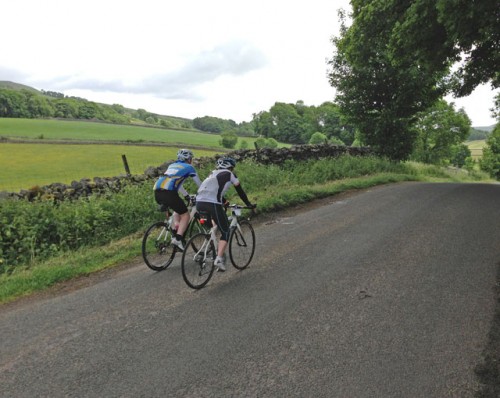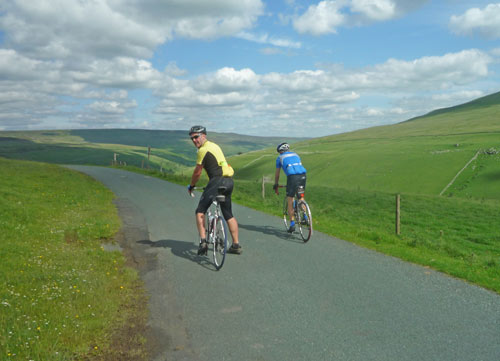What kind of cyclist are you?
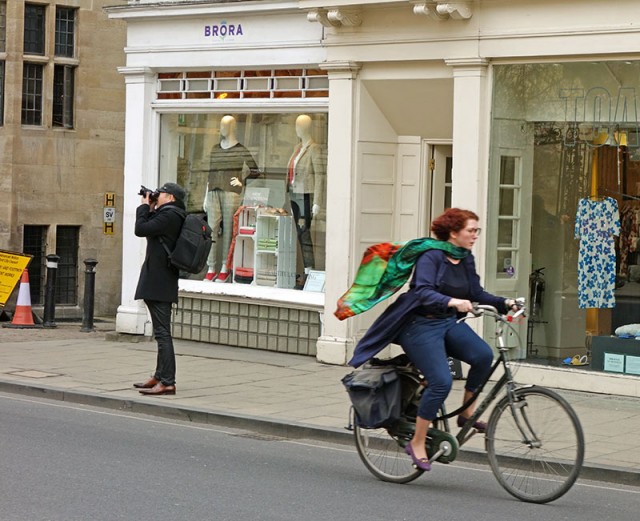
Do you ever wear lycra on a bike?
a) Cyclists how wear lycra give us a bad image
b) I cycle to work in lycra shorts and then change into my work clothes.
c) I started shaving my legs, just so it would go better with my lycra shorts
d) I have spent £250 on a semi- see-through – figure hugging skinsuit.
How do you respond to a question about which is better – Shimano Di2 or SRAM Red mechanical?
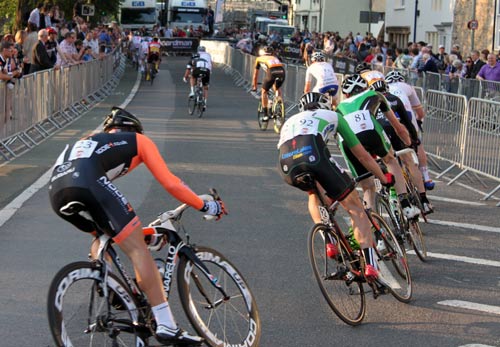
a) Is Shimano the thing which moves the chain?
b) It is only for those who have more money than sense.
c) Although SRAM red is 150grams lighter than Di2, on balance the easy of shifting will save me 1 or 2 watts in a race.
d) I have to ride Campagnolo
What is your favourite speed for cycling?
a) I don’t know what speed I go at, but it is faster than walking pace
b) I cycle at a steady 15-17mph.
c) I once did 50 mph down a steep hill in Yorkshire.
d) The fastest speed I can go at without passing out.
Do You Wait at Traffic Lights When They are Red?

a) It’s always nice to have a chance to stop and get your breath back
b) Yes, Unless no one is looking.
c) I thought red lights didn’t apply to cyclists?
d) You don’t get red lights if you do a proper race (or on a dual carriageway).
How Much Did you Spend on Your Latest Bike?
a) £25 6 shillings and 3 pence.
b) £1000 from local bike shop
c) £7,000
d) Free bike from team.
How do You Feel When Another Cyclist Goes Past You?
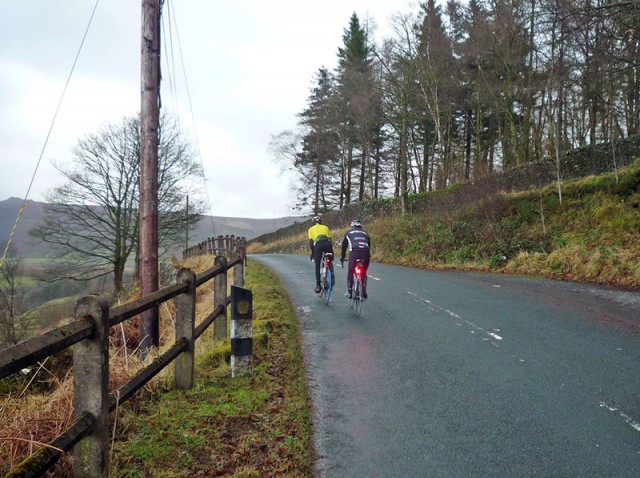
a) I feel sorry for those cyclists who arrive at work all sweaty.
b) Indifferent
c) I’ll just draft behind them for a few minutes before leaving them for dead on the long hill past the traffic lights.
d) A recovery ride is a recovery ride.
How long do you spend watching the Tour de France?
a) Well, I quite like the mountain scenery in the Alps. But, why I don’t understand why only one rider is wearing a yellow jersey.
b) I’m never in during the day
c) I can recite the most memorable lines of David Duffield and Phil Ligget by heart.
d) Only the highlights to see how I did in the stage.
So What Type of Cyclist are You?
- Mostly A’s – You would fit nicely into the slow cycling movement. More concerned with looking good than going fast. You’ve learnt the art of enjoying the bike
- Mostly B’s – You’re a good old fashioned cyclist who just rides the bike because you like doing it. You probably remember the days, when people used to cycle to youth hostels, with little more than a few pence in the pocket and a spare pair of socks.
- Mostly C’s – If fate had been different, you could easily have been a Tour de France rider, but you’ve made up for a lack of pro wins by sprinting for village road signs on Winter Training runs. At least you look the part and have better bike handling skills than triathletes.
- Mostly D’s – The real deal. Congratulations on your new contract with Team Rupert Murdoch professional cycling team!




